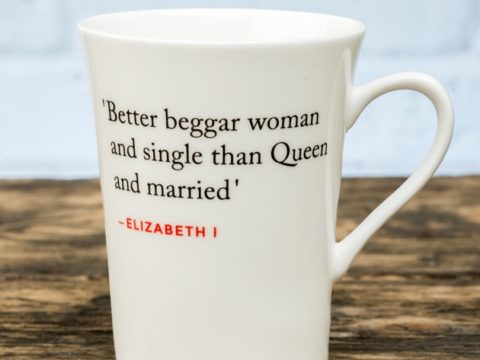On This Day
March
Each day on the Tudor Times website we publish a short snippet of information about interesting events that occurred during the Tudor and Stewart period. The following are some highlights for March.
New Testament Published in Greek
On 1st March 1516 the scholar, Desidirius Erasmus of Rotterdam, published the New Testament in Greek, under the title 'Novem Instrumentum Omne'. The book, printed in Basle by Johann Froben, contained both Greek and Latin texts. The work was probably begun in July 1515 and was well-received by many eminent scholars – Bishop Fisher of Rochester, Sir Thomas More and Archbishop Warham of Canterbury in England, as well as by the Bishop of Basle and Pope Leo X. One of the Cambridge Colleges, however, expressed concerns, forbidding it to be brought into the College. Erasmus treated this with contempt – disparaging as fools those who would condemn a work unread.
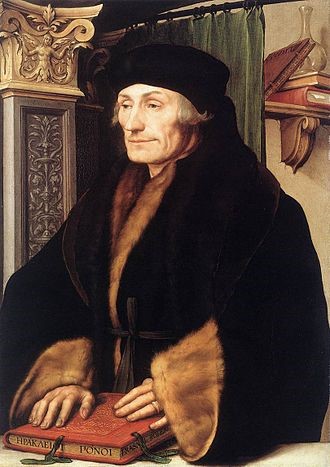
Queen Anne Dies
On 2nd March 1619, Anna of Denmark, Queen of Scots and Queen of England, died at her favourite palace of Hampton Court. Anna was a cultured and educated woman, particularly fond of drama and the arts flourished at her court. Before they were married. her husband, James VI of Scotland, had travelled to Denmark himself to fetch her, leading to the witch hunts of the late 16th century, as discussed in this article by Tracy Borman, first published by Tudor Times in 2015.
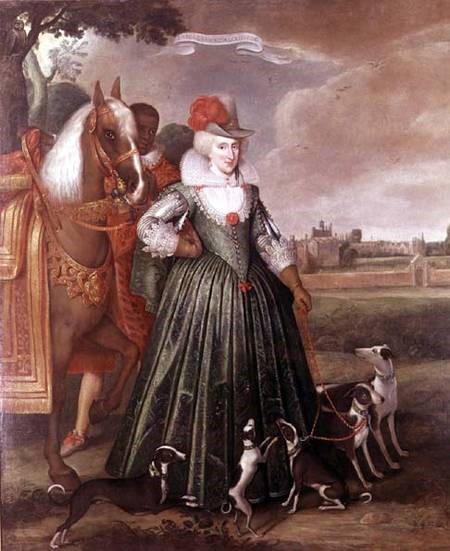
David Riccio Murdered
On 9 March 1566, a group of armed men, broke into the chamber at Holyrood House, where the pregnant Mary, Queen of Scots was having supper with her half-sister, the Countess of Argyll and other attendants, and dragged the Queen’s secretary, David Riccio, from the room. Seconds later, the Queen could hear his cries as he was brutally stabbed to death. The perpetrators of the act were the Queen’s husband, Henry Stuart, Lord Darnley, the Earl of Morton and others. The Queen’s half-brother, Moray, had been party to the plot, and even Sir William Cecil, chief minister to Elizabeth of England, knew about it.
Sir Thomas Boleyn Died
On 12th March 1539 Sir Thomas Boleyn, Earl of Wiltshire and Ormonde, died. Boleyn’s rise to power and influence, and subsequent catastrophic fall from favour, show just how rewarding, and dangerous, life as one of Henry VIII’s courtiers could be. Boleyn was from a fairly undistinguished Norfolk family, although his mother, Lady Margaret Butler, was a daughter of the Anglo-Irish Earl of Ormond & Wiltshire. Boleyn married Lady Elizabeth Howard in the last years of the 15th century – a good match for him, as she was the daughter of the Earl of Surrey. He received a number of marks of favour from Henry VII, including joining the entourage that accompanied Henry’s daughter to Scotland to marry James IV. Boleyn was made a Knight of the Bath for the coronation of Henry VIII and Katharine of Aragon, and later took an important role in the baptism of their daughter, Mary.
Boleyn was an excellent French speaker, and undertook many diplomatic trips to the court of France and to Marguerite of Austria, in the Netherlands. Through his contacts, he was able to place his daughters, Mary and Anne, in the courts of those countries. Both Boleyn’s daughters caught the eye of Henry VIII. Mary became the King’s mistress for an unknown period, then Henry’s infatuation with Anne almost tore his kingdom apart. Boleyn received high office, but, when Anne was executed, he was dismissed from court, and retired to his home at Hever, where he died and is buried in St Peter’s Church.
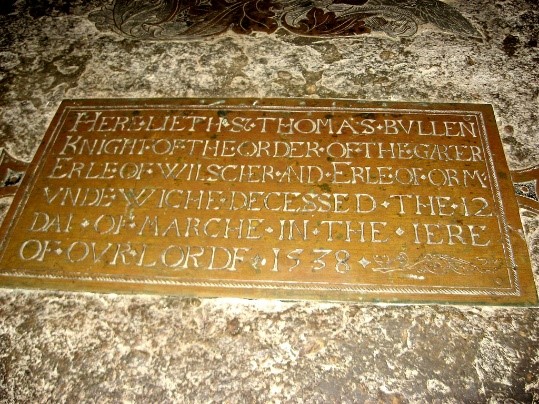
James IV Born
On 17th March 1473, Margaret of Denmark, Queen of Scots, gave birth to her first child, who later became James IV. James was one of the most successful kings of Scotland – he extended Crown authority to the Isles, concluded a peace treaty with Henry VII of England, after an initial period of hostility in which he supported Perkin Warbeck, and encouraged education and industry throughout his kingdom whilst still finding time to joust, pay court to his mistresses, and undertake amateur dentistry.
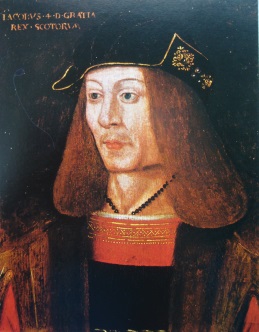
Unfortunately, he became embroiled in Anglo-French warfare, and found himself obliged to choose between Scotland's oldest ally, and its newest. This did not end well, and James became the last king in Britain to die on the battlefield, at Flodden in 1513. Read more on this busy Renaissance monarch here.
James VI and I Died
The 27th March 1625 saw the death of James VI of Scots and I of England at Theobalds House, near London. He was the first King of Great Britain, claiming descent to the English throne as the great-great grandson of Henry VII. Called the Wisest Fool in Christendom, James was well educated, but he had an abiding terror of witches, and unsurprisingly, given the number of attempts on his life, a fear of assassins.
The most famous attempt of all was, of course, the Gunpowder Plot, which sought to blow him up, together with his Parliament, to be replaced by his young daughter as a puppet queen. During his reign the King James’ Authorised Version of the Bible was compiled, still dear to Anglican hearts. Read more about his witchcraft obsession Tracy Borman's article here.
Queen Mary I Made Her Will
On 30th March 1558, Queen Mary I made her will.It opens with the long roll call of her titles ‘Queen of England, Spain, France, both Sicilies, Jerusalem and Ireland, Defender of the Faith, Archduchess of Austria, Duchess of Burgundy, Milan and Brabant, Countess of Hapsburg, Flanders and Tyrol.’ Mary believed herself to be pregnant, and in the documentshe names the ‘frewte’ of her body as heir to her Imperial Crown of England and Ireland, her title to France, and all the dependencies thereof together with all her other honours, castles, fortresses, manors, lands, tenements, prerogatives and hereditaments.
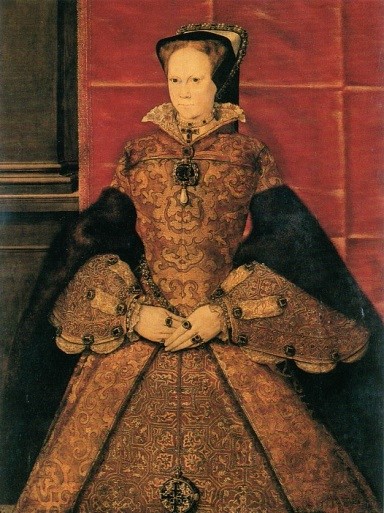
She left large sums for charitable bequests, including the hospital at the Savoy founded by her grandfather, Henry VII, with the additional request that old or indigent soldiers be cared for there. She did not specify a preferred burial location, only asked that the body of her mother, Katharine of Aragon, be moved to join her.
In the event, the Queen was not pregnant, and her heir was her half-sister Elizabeth. None of Mary’s bequests was carried out.Read more about the Queen’s tumultuous life here.
